'Tech Neck': Treating Horizontal Neck Bands

Horizontal neck bands known as ‘tech neck’ or ‘screen neck’ are a prevalent cosmetic concern in our device-obsessed society.
This is largely driven by the rise of smartphones, tablets, and laptops, which encourage prolonged forward head posture. Constantly looking down at screens strains the neck muscles and disrupts posture, expediting signs of skin ageing.
Social media and selfie culture have amplified awareness, making tech neck both a physical issue and also a growing, visible aesthetic complaint.
But how do aesthetic practitioners treat this presentation? We spoke to cosmetic doctor and Harley Academy clinical trainer, Dr Teuta Berisha to find out.
Here we share her clinical insights into:
- How these neck lines are formed
- The best treatments for tech neck
- How to administer these treatments
- The importance of topical skincare and a multimodal approach
- Contraindications and cautions.
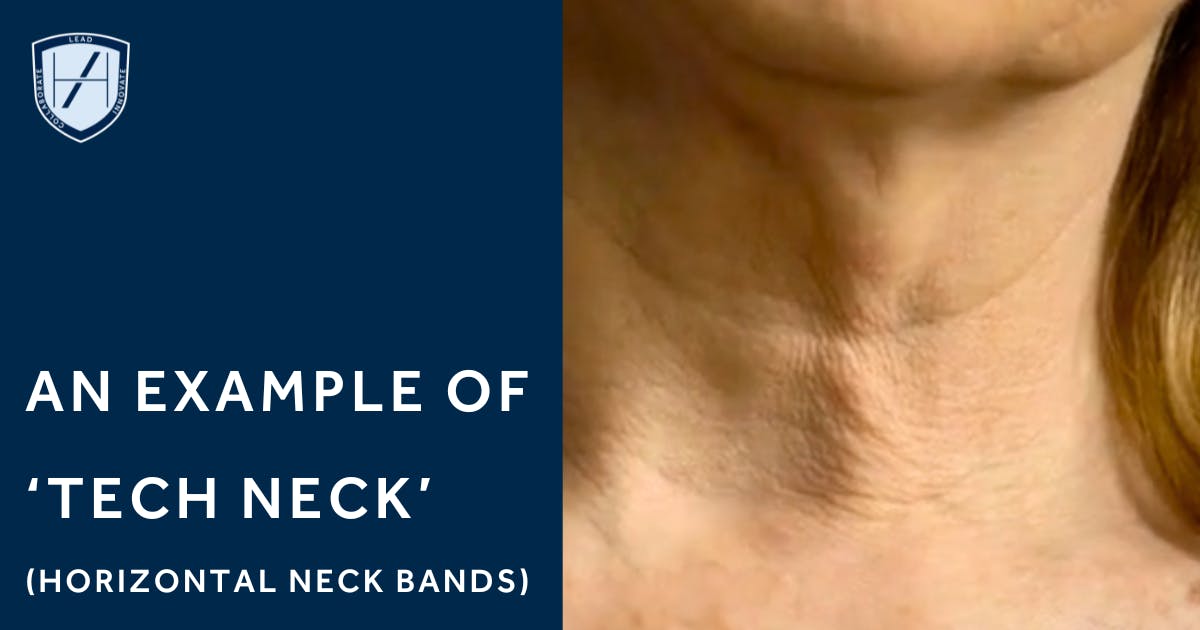
What is 'tech neck'?
“Tech neck refers to the horizontal lines or bands that appear across the anterior neck,” shares Dr Teuta. “It’s commonly seen in patients who spend extended periods looking down at devices. This neck strain and disrupted posture can accelerate skin ageing due to repetitive folding and reduced collagen production.
“Clinically, these lines present as fine-to-deep horizontal rhytides, sometimes accompanied by mild-to-moderate skin laxity.”
Causes of horizontal neck lines
The cause of tech neck is multifactorial:
- Repetitive movements
- Sustained postures
- Ageing
- Lifestyle factors
- Genetic factors.
Mechanically, tech neck can result from repetitive neck movement and sustained postures. For example, prolonged device use or certain sleeping positions.
Age-related changes lead to thinning and decreased elasticity of the skin, making horizontal lines more pronounced. These include loss of dermal collagen and elastin, reduced skin hydration, and weakening of the platysma muscle.
Contributing factors such as chronic sun exposure, smoking, and genetic predisposition can further accelerate these changes and deepen the bands over time.
What are the best treatments for tech neck?
While single interventions can provide some improvement, the best outcomes typically involve a multimodal approach due to its multifactorial causes.
Common tech neck treatment strategies include:
- Dermal fillers: Hyaluronic acid fillers can be used to address deeper horizontal lines, restore subtle volume, and improve skin hydration
- Skin quality treatments: Profhilo, skin boosters, biostimulators, microneedling, and radiofrequency therapies help improve dermal thickness, hydration, elasticity, and collagen content
- Botulinum toxin: This can be used to relax the platysma muscle, reducing tension on the skin and softening dynamic bands
- Topical skincare: Patients should include the neck in their daily skincare routine. Use of high-quality, targeted products can help maintain skin health and support the results of treatment.
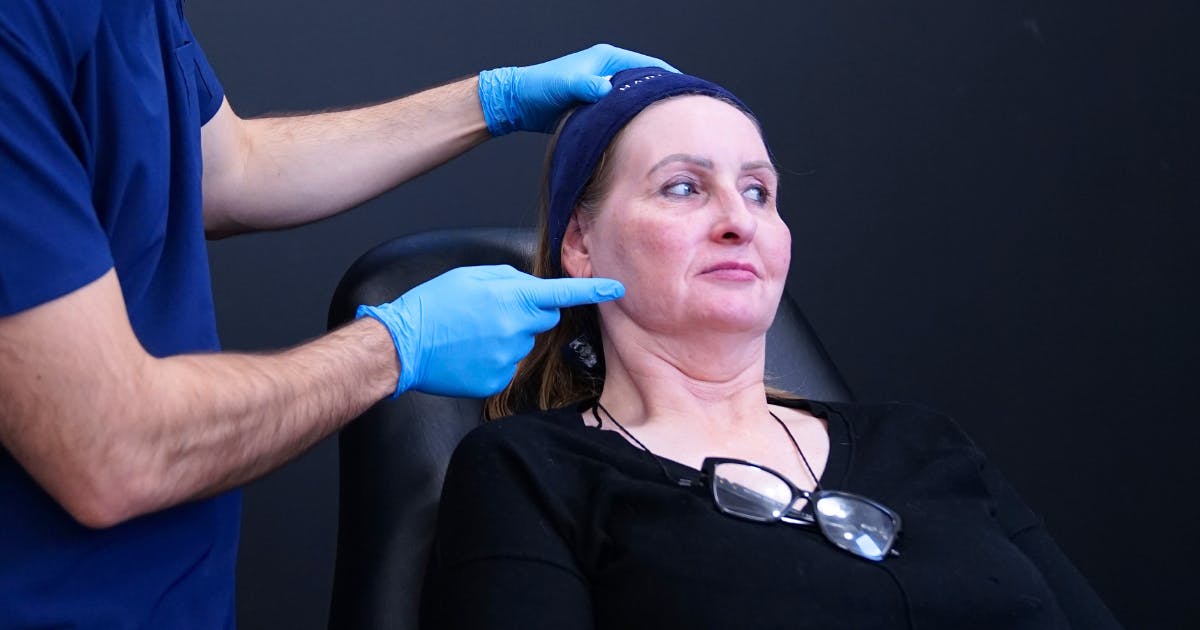
Treating tech neck with filler
Dr Teuta explains how to treat tech neck with filler, as follows:
“For deeper horizontal lines, hyaluronic acid with a low G prime rating is preferred. This more fluid, low G’ product allows natural movement. It hydrates the skin effectively, and allows for smooth, precise injections along the horizontal bands.
“The filler injection technique for treating tech neck is retrograde threading, using either a needle or a cannula. Typical volumes are 0.2-0.5 ml per band, carefully administered to avoid lumpiness or irregular contour.”
Please be aware that, due to the risk of lumps, this is considered an advanced area. It is not something we teach at Harley Academy, and should only ever be administered by experienced aesthetic practitioners.
Profhilo treatments for horizontal neck lines
Its low G’ consistency, collagen stimulation and bio-remodelling properties make Profhilo a great option for treating this concern.
Dr Teuta advises that it should be, “delivered intradermally using a 29G needle with the Bio Aesthetic Points (BAP) technique. Usually this comprises 10 injections of 0.2ml each across the neck to allow even diffusion throughout the dermis.”
Using advanced botox treatments for the neck
Botulinum toxin is another option for tackling this presentation. However, it’s used to treat vertical neck bands - the platysmal bands - which may improve the appearance of the neck overall.
Dr Teuta advises that this treatment should be “administered with a fine needle along the vertical fibres of the platysma.
“Typical doses are 1-2 units per injection site, spaced approximately 1cm apart. The total dose will depend on the severity of the bands and individual patient anatomy.”
Topical skincare to support reduction of neck wrinkles
There are three specific areas to focus on for topical skincare when considering wrinkle reduction in the face and neck:
- Hydration
- Age-relating support
- Collagen stimulation.
Ensuring the skin is well hydrated can soften the appearance of fine lines. Hyaluronic acid, glycerin, and ceramides help restore water content and improve skin barrier function.
Retinoids, such as retinol or retinaldehyde, encourage cell turnover, and is considered the ‘gold standard’ in topical skincare for ‘anti-ageing’ support. Antioxidants, such as vitamin C and vitamin E, protect against oxidative damage that accelerates skin ageing.
Dr Teuta adds that, “Year-round daily sun protection, in the form of a broad spectrum SPF30 or above - SPF50 is widely considered to be optimal - is key. In addition to the obvious benefits, this also offers protection against dehydration and accelerated collagen breakdown.”
When it comes to supporting collagen levels, peptides and growth factor–based formulations can support fibroblast activity. Consistent use of retinoids and vitamin C further contributes to collagen synthesis over time.
A solid skincare routine designed to minimise the appearance of fine lines, could therefore include the following. Whilst the hyaluronic acid and peptides may be included as dedicated serums, they may also be included in a moisturiser to cut down on the number of products required.
- Hyaluronic acid face mist, applied after cleansing
- Vitamin C or other antioxidant serum
- Day moisturiser with peptides
- Dedicated SPF product, reapplied as per the manufacturer’s guidance
- Retinol used at night, in line with manufacturer’s guidelines relating to frequency of use.
Learning to tailor personalised skincare routines
Our Cosmetic Dermatology Foundation Training course teaches you to not just assess patients’ skin, but to understand ingredients and the basics of product formulation.
With this knowledge, you can confidently recommend personalised skincare treatment routines, and products, that meet your patients’ objectives.
This is a fantastic service that many people appreciate and enjoy, as they can feel better educated and more autonomous in helping achieve their goals. It can also provide rewarding opportunities for you as an aesthetic practitioner.
Generating more regular contact with your patients and additional revenue from product sales, this is a highly commercial offering!
This aesthetics course can be taken on its own or as part of our more extensive, certified Cosmetic Dermatology Course. If you’re looking to learn how to administer popular skin treatments, including microneedling, chemical peels, polynucleotides and skin boosters, this is worth exploring.
You can even combine it with our industry-leading postgraduate qualification, the Level 7 Diploma in Cosmetic Injectables, through our Level 7+ course.
Taking a multimodal approach and effective treatment sequencing
“Tech neck is most effectively addressed as part of a comprehensive plan,” states Dr Teuta. She shares the following suggested sequence involving multiple modalities…
- Start with botulinum toxin to relax dynamic platysmal bands, allowing subsequent treatments to be more effective and predictable
- 2-4 weeks later, treat with filler, Profhilo or skin boosters to improve static lines, dermal hydration and skin quality
- [At least 4 weeks later], microneedling or radiofrequency treatments can be used for additional collagen induction.
Topical skincare, such as retinols and peptides, should be applied to the neck regularly to support skin health and maintain treatment results.
Adjusting your patients’ skincare routine for injectable appointments
Always advise your patients on any adjustments they need to make to their skincare routine before and after injectables or other treatments.
For example, it’s advisable for them to avoid using retinol products a few days before and after having injectables. This can reduce the chance of causing skin irritation or inflammation at the injection sites.
Ideally, retinol use should be avoided as follows:
- 3-5 days before filler treatments
- 2-3 days after filler treatments
- Up to 3 days before botox injections
- 1-2 days post toxin.
Please be aware that if your patient has particularly sensitive skin or is using tretinoin - a prescription-strength retinoid - they may require longer breaks. As such, you’ll need to amend your advice based on your assessment findings.
How long should tech neck treatment results last?
“Effectiveness varies depending on age, skin quality, severity of lines, and adherence to a multimodal plan,” advises Dr Teuta.
“Botulinum toxin results typically last 3 to 4 months, while dermal fillers generally last 6 to 12 months depending on your product choice and volume.
“Profhilo or skin boosters usually provide improvements for 4 to 6 months, with repeat sessions recommended to maintain results. Maintenance treatments are essential for your patient to sustain and optimise their aesthetic outcome over time.”
Cautionary aspects to be aware of when treating the neck
“Careful anatomical knowledge and precise injection technique are essential to minimise complications,” confirms Dr Teuta.
She advises that key cautions include:
- Avoiding excessive botulinum toxin near the midline or mandibular border to prevent dysphagia, dysphonia, or unintended muscle weakening
- For fillers, avoiding intravascular injection and being aware of anatomical variations of cervical vessels
- Overfilling or using a high G’ product in the neck can create unnatural bulging
- Patients on anticoagulants, NSAIDs, or certain supplements may have an increased risk of bruising.
Contraindications for tech neck treatments
“Treatment is contraindicated for patients in the following instances,” advises Dr Teuta.
- Patients who are pregnant, breastfeeding, or undergoing fertility treatments
- Where there is active infection or significant skin pathology in the neck area
- A known hypersensitivity to botulinum toxin, hyaluronic acid, or lidocaine if included in the product.
“Furthermore, severe platysmal laxity or excess skin where injections alone will not achieve adequate improvement should rule out treatment. In these cases, surgical intervention is the better option. Additionally, if your patient has unrealistic expectations as to what you can achieve, they may not be suitable candidates.”
As with all aesthetic treatments, it’s important to take a full medical history and fully explore your patient’s reasoning. This includes considering whether their psychological drivers for wanting treatment would be considered healthy.
We hope this answers all your questions about identifying and treating tech neck! If you have any additional questions on this topic, drop them in the chatbot to the right of this screen. We’ll do our best to answer them and update this article with further information.
All information correct at time of publication
Download our full prospectus
Browse all our injectables, dermal fillers and cosmetic dermatology courses in one document
By submitting this form, you agree to receive marketing about our products, events, promotions and exclusive content. Consent is not a condition of purchase, and no purchase is necessary. Message frequency varies. View our Privacy Policy and Terms & Conditions
Attend our FREE open evening
If you're not sure which course is right for you, let us help
Join us online or in-person at our free open evening to learn more
Our Partners


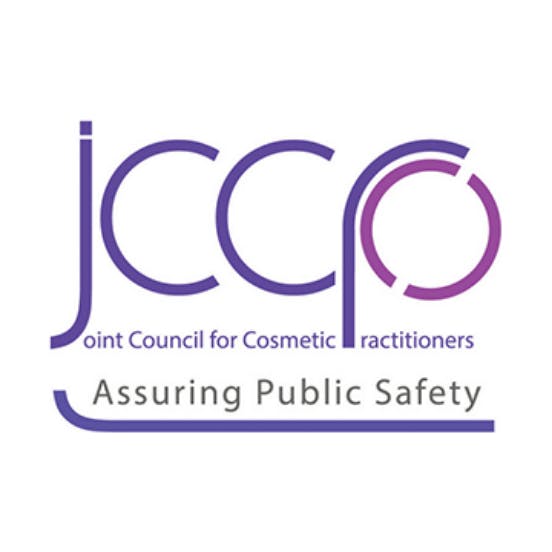


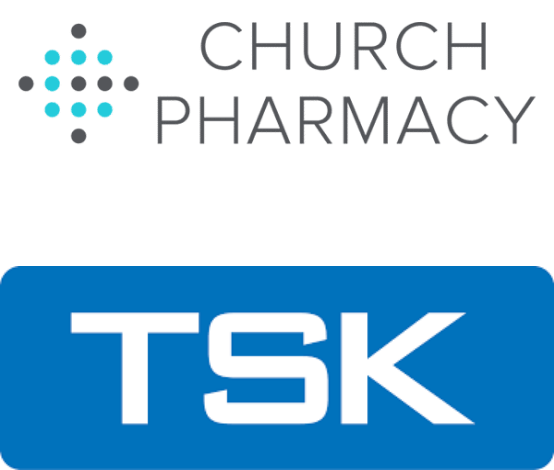
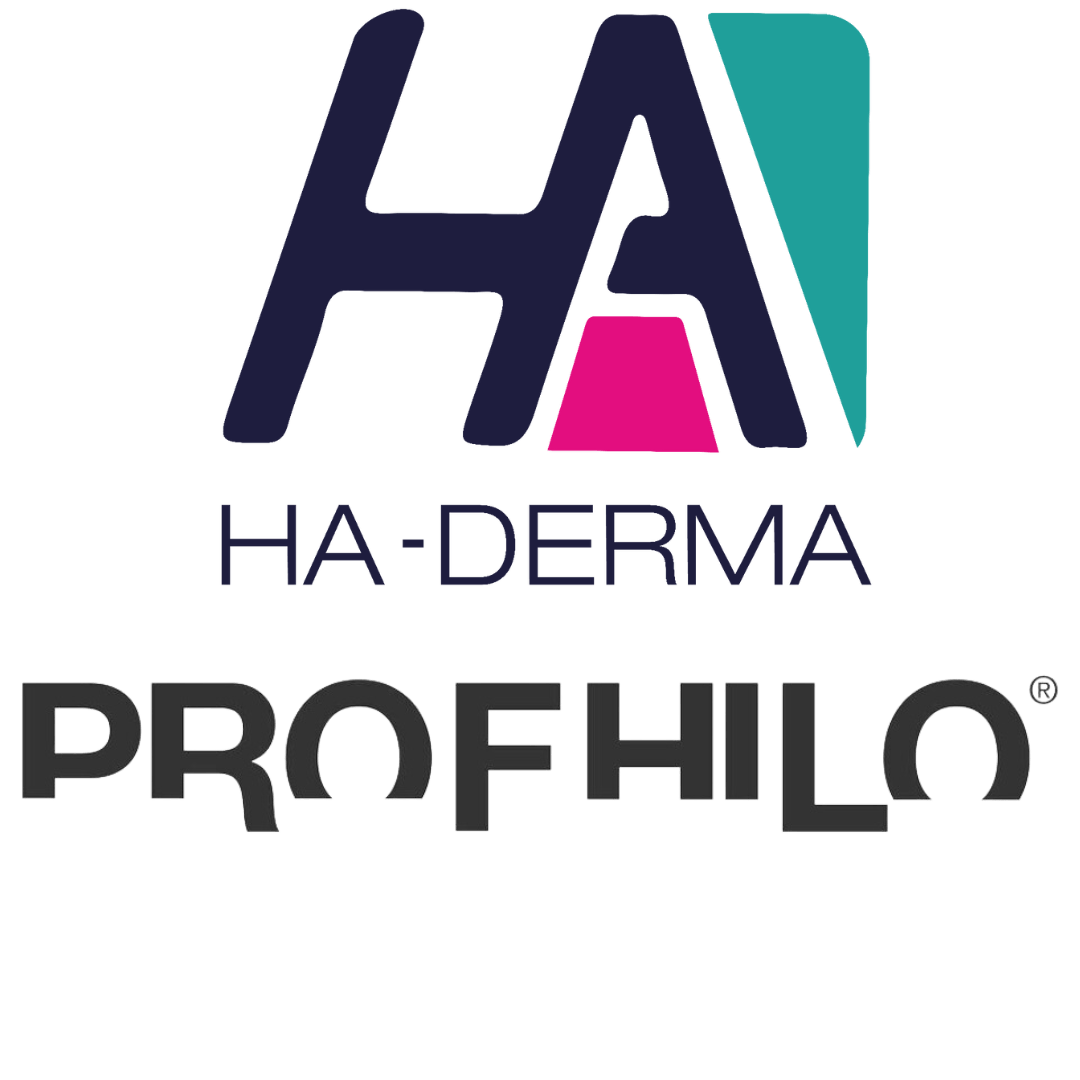
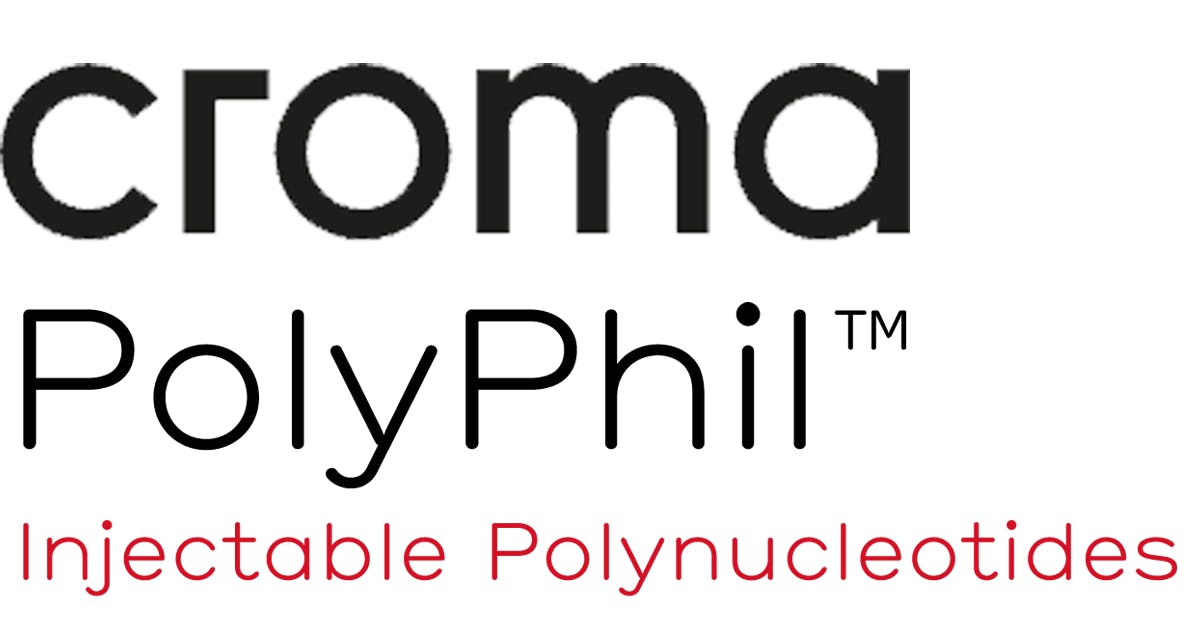
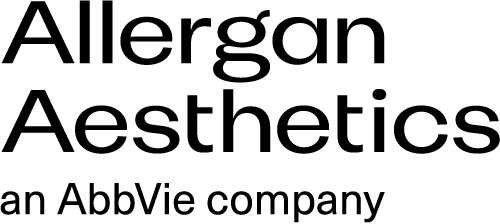
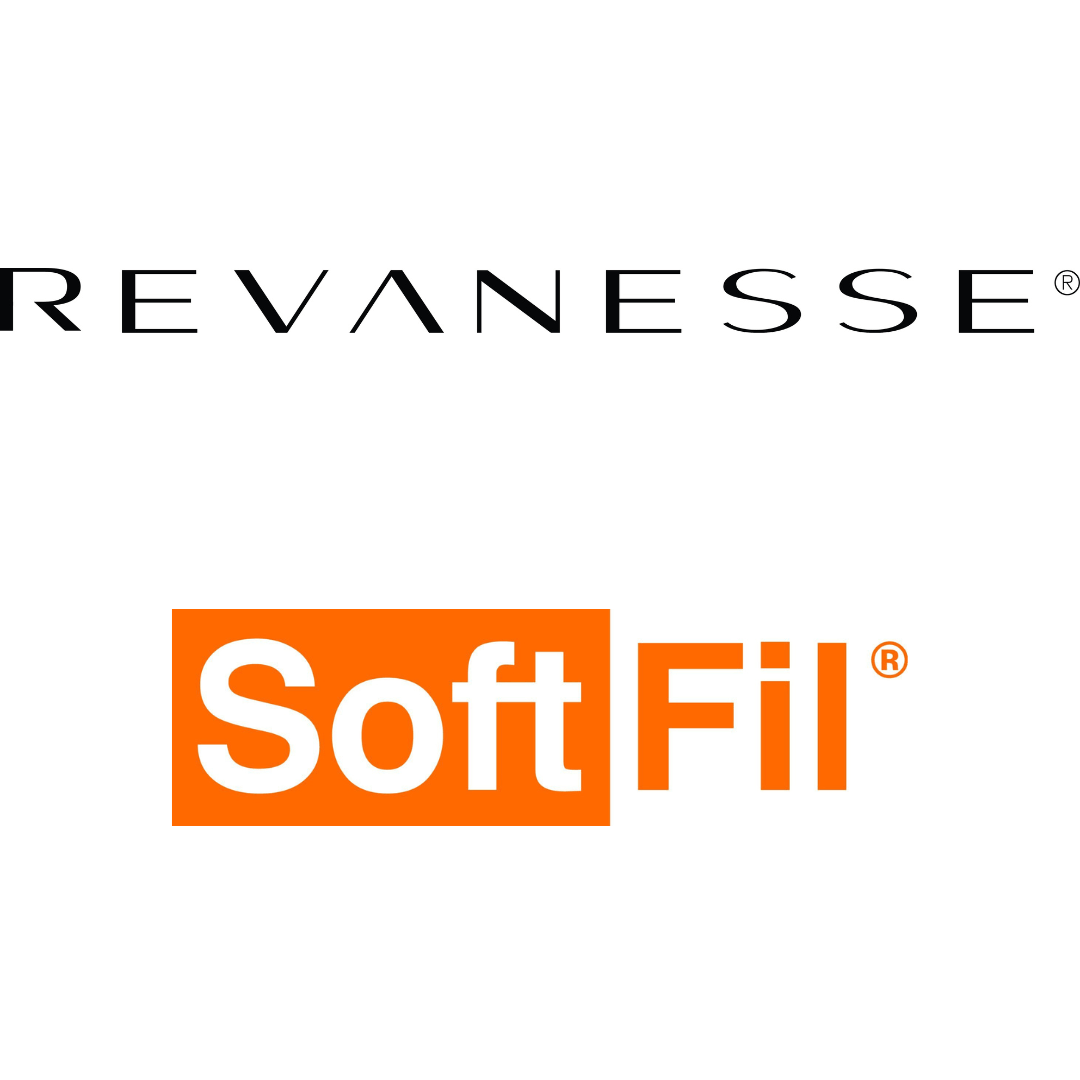
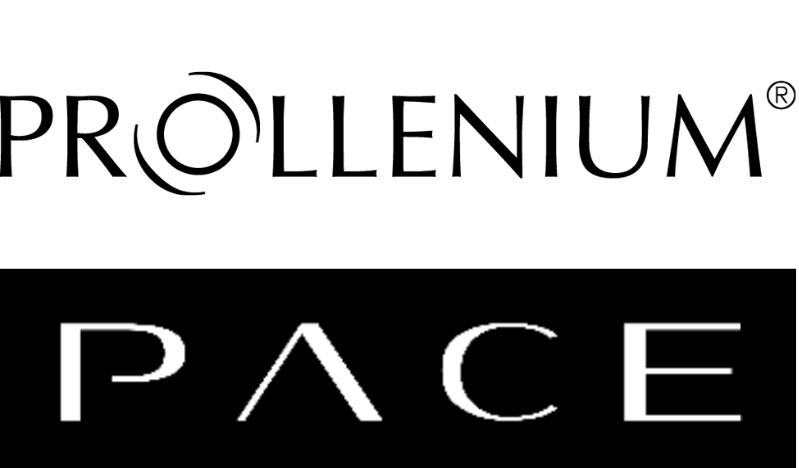
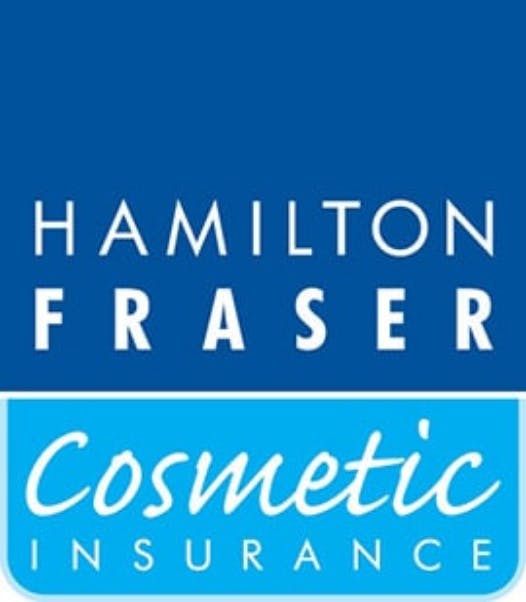
STAY INFORMED
Sign up to receive industry news, careers advice, special offers and information on Harley Academy courses and services


